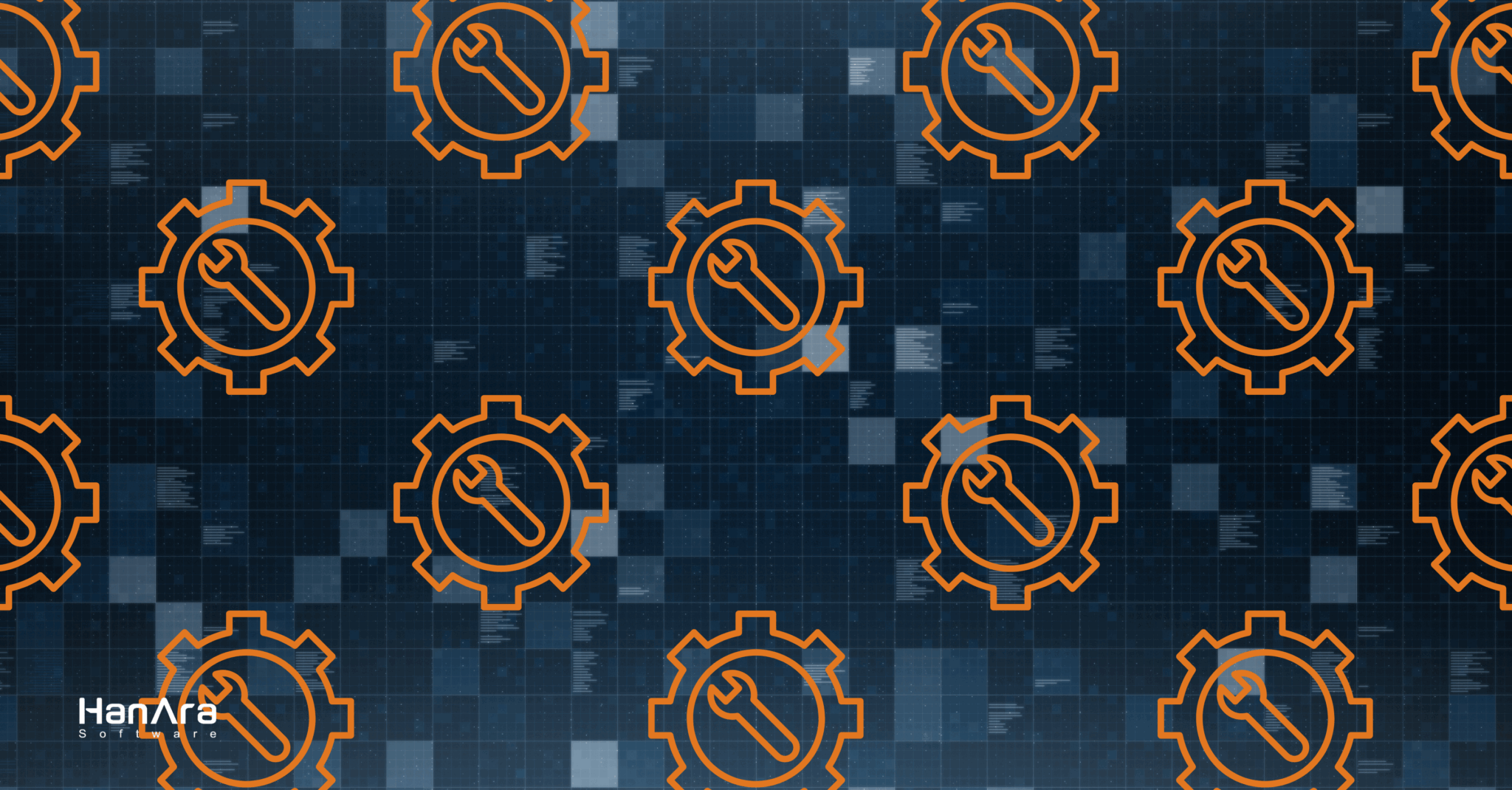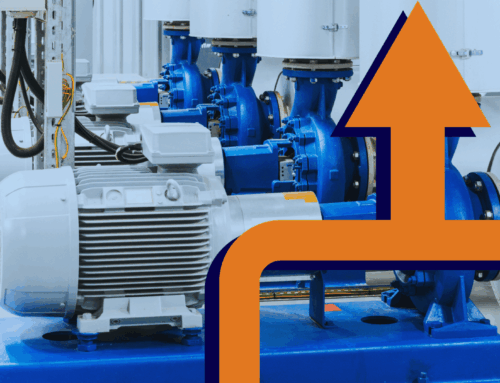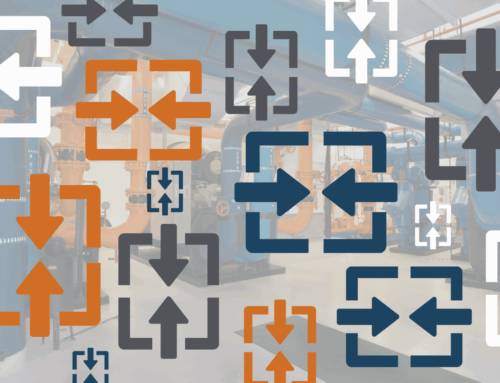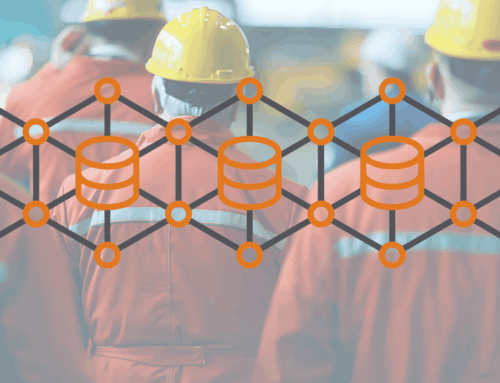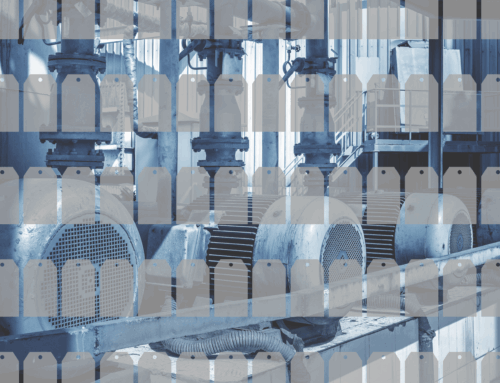Picture this: A critical asset begins to fail during the night shift. An operator notices and flags it. But by morning, the asset is down, production stops, and you’re scrambling for replacement parts that won’t arrive until tomorrow afternoon.
Sound familiar?
Just last month, a HanAra member had a smaller-scale version of this exact scenario at home. Their AC unit failed during a heatwave. What followed was a masterclass in the difference between reactive firefighting and strategic maintenance planning. While the stakes were lower (a few hundred dollars and a hot night), the principles directly apply to industrial operations.
The Residential Problem That Mirrors Industrial Failure
It’s 6 PM on a hot summer evening. I set my AC to 68°F to precool for tonight’s sleep and head out. Much like trusting the night shift to hold the line, I expect everything will be running fine when I return.
Halfway through dinner, a text from my landlord: “AC unit leaking into the apartment below. Can you raise your thermostat when you’re home?”
This is the residential equivalent of receiving an after-hours alert from vibration sensors, abnormal readings, or a night shift operator. I’m now faced with a decision: rush home or hope the situation is contained.
I stayed out after talking with the landlord, but I can’t focus. Just like when you’re at home or on vacation, wondering if that underperforming asset will hold out until you’re back.
When I finally return, there’s no apparent damage until I start poking around. The AC filter is soaked. The source? Not sure. However, there is a hidden issue that has silently grown into a real problem, much like worn bearings or degraded insulation, which can be masked by normal operational data.
The Cost of Quick Fixes and Delayed Action
The next morning, the handyman shows up. His fix? He’ll install a drip pan later. I ask about clearing the line. He shrugs: “Condensation is normal; a drip pan will solve it.”
You’ve seen this in plants: a noisy bearing gets more grease without checking alignment. A jammed valve is manually overridden without resolving the blockage. These quick fixes mask symptoms and delay real solutions until the worst possible moment, like when you’ve finally decided to go on a week-long vacation to the beach.
In my case, the worst moment came fast. The next day, the city hit 100°F—no AC, as water runs out of the system if it is turned on. The apartment became unbearable. The lesson was clear: reactive maintenance always hits hardest when conditions are least forgiving.
On day three, the unit is finally fixed. The clogged drain is cleared. I pay $250 for an HVAC tech to confirm the fix. A small problem had snowballed, just like industrial issues that start small but end in overtime labor, expedited parts, and missed targets.
Strategic Maintenance: Industrial Lessons from a Residential Failure
1. Reactive Maintenance Is Expensive
In industrial settings, reactive maintenance is far more than repair costs. It includes:
- Lost production
- Safety risks
- Unplanned downtime
- Overworked staff
- Missed delivery windows
Pro Tip: Know your critical spares and key service vendors before you need them. Develop escalation plans, align with OEM support, and ensure that emergency response protocols are regularly tested and trained.
2. Leverage Technology for Predictive Maintenance
A residential water alarm might catch a leak, but in your plant, you need smarter tools:
- IoT sensors for real-time alerts on vibration, pressure, and temperature
- Condition monitoring systems to track degradation over time
- Machine learning algorithms to detect early-stage failure patterns across assets
Predictive maintenance isn’t just a buzzword; it’s a strategic operational edge when applied with the right approach.
3. Prioritize Preventive Maintenance
In my last apartment, I kept up with AC maintenance. In this newer one? I assumed someone else had it covered.
This is similar to when a reliable piece of equipment runs smoothly, and PM gets deferred “just this once.” Then it fails, and you discover missed inspections, expired components, or lapsed service intervals.
Solution: Shift from time-based to condition-based maintenance (CBM). Utilize existing tools to track the status and identify degradation trends, enabling you to act on real data rather than relying solely on the calendar.
4. Design for Maintainability
Why didn’t the AC have an overflow pan from the start? Because no one designed it with failure in mind.
In industrial facilities, this mistake shows up as:
- Hard-to-access components
- No lifting points for heavy equipment
- No space (or technology) for monitoring
- Lack of redundancy in critical systems
When specifying and installing new equipment, ask: Can this be maintained easily, safely, and predictably? That foresight during the design phase saves thousands later.
5. Empower Operators and Streamline Communication
One reason my AC problem dragged on? A broken communication chain between the neighbor, the landlord, the handyman, and me.
In your facility, poor communication has far more serious consequences.
Your operators are your best early-warning system. They know the sounds, smells, and behavior of equipment better than anyone. Provide them with real-time tools to log anomalies, communicate with maintenance, and make informed decisions, rather than relying solely on ticketing systems that can delay response times.
The Bottom Line: Maintenance as a Strategic Advantage
My AC failure cost me $250 and a few rough nights. Your failures can result in thousands of dollars in downtime, missed production, and safety risks.
The lesson? Maintenance is not just about fixing things when they break. It’s about building a strategy that reduces risk, improves uptime, and strengthens your operational edge.
Key Takeaways for Industrial Teams:
- Don’t rely on reactive fixes. Build robust response plans, but plan not to use them.
- Use predictive tools to identify issues early and optimize service windows.
- Design for maintainability to reduce lifetime ownership cost.
- Empower your frontline to detect and act on anomalies quickly.
You already know maintenance matters. The real question is whether you’re managing it proactively or paying for it later with interest.
